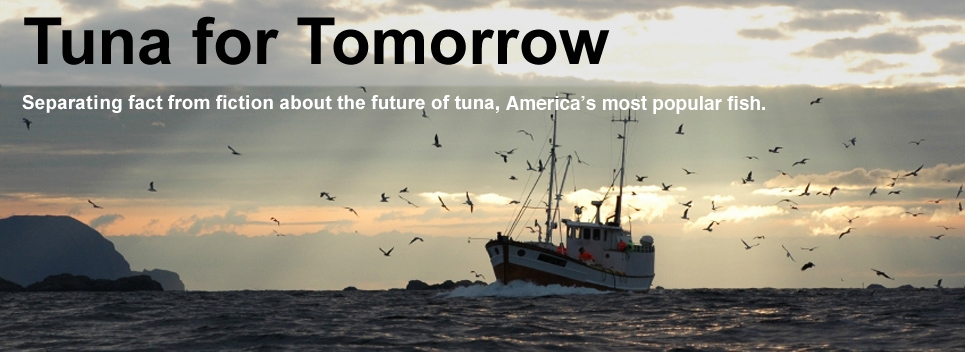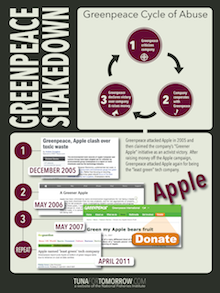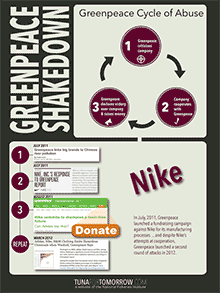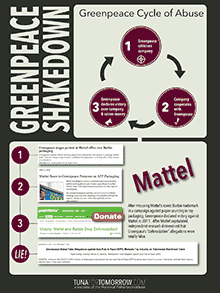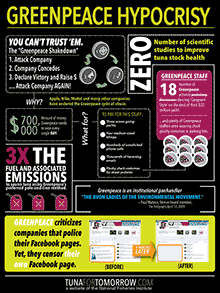By GAVIN GIBBONS | from The Tampa Tribune
February 24, 2012
It’s being sold to the public as the “greenest thing afloat,” and when Rainbow Warrior III docks at the Port of St. Petersburg this weekend, green is exactly what it will be after.
Greenpeace’s new $33 million yacht isn’t coming to the Tampa Bay area to study the Gulf of Mexico, gather scientific samples or conduct research. It is coming here to collect something much greener — cash.
When the crew of Rainbow Warrior III greets visitors — and by “greet” I mean repeatedly asking for email addresses — its real purpose will be clear: gather contact information for fundraising pitches.
Just as they did in New York, Baltimore and North Carolina, the yacht’s passengers will conduct no environmental studies, save no endangered species or improve not a single community. But they will gather many more names of people who will soon receive a barrage of solicitations about how Greenpeace desperately needs their help to save the planet.
After all, how else will Greenpeace pay for that behemoth yacht? It features twin V12 2,000-horsepower Caterpillar engines and its own helicopter landing pad, one that’s “worthy of the flashiest private yacht,” as the Guardian newspaper put it.
Greenpeace is no longer a rag-tag group of well-meaning young people. With 40 offices around the world, Greenpeace is now a global enterprise that requires more than $700,000 every single day to stay afloat.
Some of Greenpeace’s $300 million annual budget goes toward paying for that custom-built ship from one of Europe’s most prestigious yacht makers. What Greenpeace doesn’t pay for, however, are solutions to the very problems it purports to care about.
We know this all too well. Greenpeace has launched a campaign against canned tuna, yet has done nothing to conserve the world’s tuna stocks. In fact, Greenpeace’s campaign is doing just the opposite by trying to sabotage serious efforts between conservationists and tuna canners.
Greenpeace has rejected numerous offers to discuss the future of tuna fishing with the International Seafood Sustainability Foundation. This organization is made up of scientists, industry leaders and environmentalists who seek to undertake science-based initiatives for the long-term conservation and sustainable use of tuna stocks.
ISSF’s goals include striving to eliminate illegal, unregulated and unreported tuna fishing; providing for the health and care of the marine ecosystem; minimizing bycatch, discards and abandoned gear; and collecting and exchanging data to promote better scientific understanding of tuna stocks.
Greenpeace wants no part of that. It’s more interested in publicity stunts and collecting email addresses for its next fundraising drive.
The group that will tie up at the Port of St. Petersburg is not your father’s Greenpeace. Acclaimed science writer Wilson da Silva wrote, “Greenpeace was once a friend of science, helping bring attention to important but ignored environmental research. These days, it’s a ratbag rabble of intellectual cowards intent on peddling an agenda, whatever the scientific evidence.”
When Greenpeace casts off after its two-day visit to St. Petersburg, don’t think that’s the last you’ll hear of them. If you provide them with your email address, you’ll certainly be contacted again … and again … and again. That helipad on the Rainbow Warrior III isn’t going to pay for itself. If Greenpeace has its way, you will.


